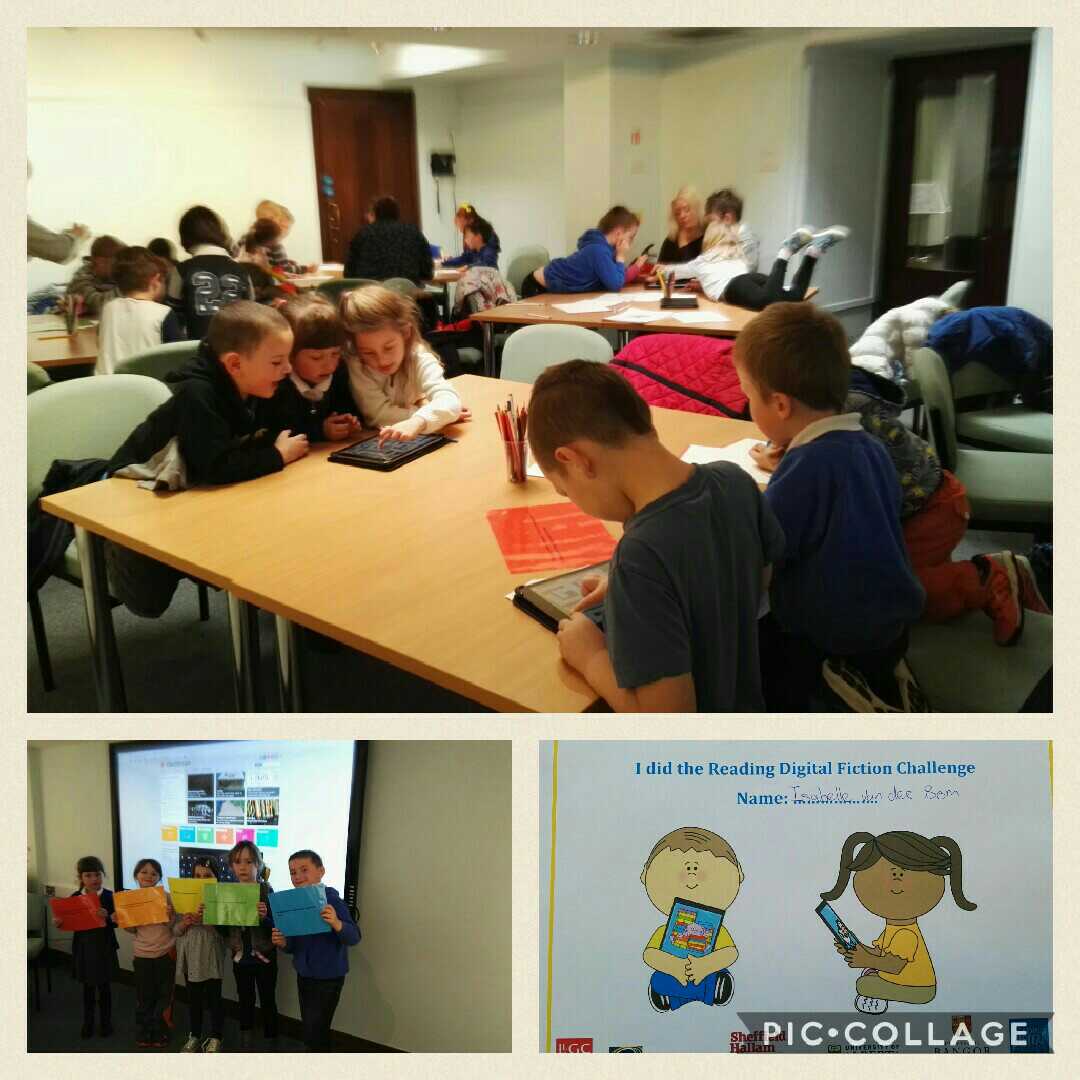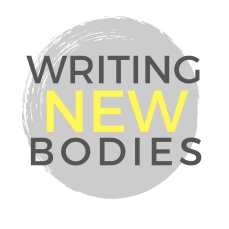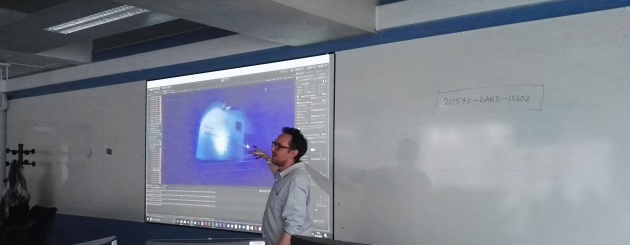
National Library of Wales, Aberystwyth
Isabelle (Project Researcher) and Lyle (CI) spent the morning in the education centre of the National Library of Wales in Aberystwyth, introducing 25 five- and six-year-olds from Lucy Davies’ year 1 class at Ysgol Llwyn yr Eos to digital fiction. Rhodri Morgan, Education Officer for the NLW, introduced the group to digital books, wowing them with an 800-year-old book (pillows, gloves and all) and then showing them the digitized version on a tablet. The tone for the day was set when he pulled up the digital version and displayed it to the room, causing one enthusiastic student to gasp “Oh, snap!”
We split the kids into five groups of five, each table with an adult to guide them. Isabelle introduced the first activity, and we got underway. Each group had one line of a story about a monster (inspired by the digital text for the day), and they read the line, tried to figure out the whole story from the one line, and used colored pencils to draw the story.
I (Lyle, that is) am fairly certain my table was at a disadvantage with me at the helm, as it seemed to take me longer to coax them into drawing things (who would have predicted kids would be reluctant to draw!). But once they got into it, they went to town, creating several of their own monsters — Jeff, Jake, Jac, Jac, and two horses named Aranchow and Jessica — and their mice friends named Bob and Jake (clearly, we were in need of a naming book of some sort!).
The tables shared stories and drawings with one another, and then volunteers from each table took their “lines” to the front of the room, and we all helped put them in the order of a story.
Then it was time to break out the iPads, much to the kids’ excitement. We launched the apps for them (Busy Bee Studios’ Even Monsters Get Sick), and they paired up to explore the story of Harry and Zub. The gameplay seemed to be what really drew them, as they took turns playing parts of the story over and over. Once they’d been through the text several times, they finally settled and were just getting into the story when our time with them was over.

Our digitally literate year 1 students!
It was a highly successful workshop, and the class was very enthusiastic and exceedingly well-mannered. The students engaged in every activity, jumped right into the digital story, and brought in other experiences they related to it (such as the Gruffalo and Minecraft — some clearly have tablets at home!). It was fascinating to see what they were drawn to at this age, just on the cusp of literacy (they could all read their cards, but needed a little help here and there). Given a screen’s worth of both text and interactive content, they exhausted the interactive content before engaging with the narrative. Once the games were finished, however, they were just as excited to experience the story. Perhaps there’s something there about engagement, immersion, pleasure, and instant vs. delayed gratification.
At any rate, we had an excellent experience, and we hope to be able to repeat it. Our thanks goes out to Rhodri Morgan, Owen Llywelyn and the National Library of Wales for facilitating the workshop, and to Lucy Davies at Ysgol Llwyn yr Eos for hauling her students to the NLW for the session. Thanks also to Isabelle for all her hard work contacting schools and preparing the workshop — all that effort definitely paid off!




 We had a fantastic evening in Bangor as we awarded the winners in the Opening Up Digital Fiction Writing Competition. We were able to livestream the whole thing, and it’s been recorded for posterity, so if you missed it,
We had a fantastic evening in Bangor as we awarded the winners in the Opening Up Digital Fiction Writing Competition. We were able to livestream the whole thing, and it’s been recorded for posterity, so if you missed it, 







 We’re kicking off on the
We’re kicking off on the